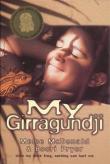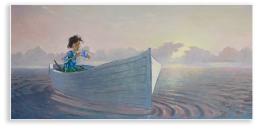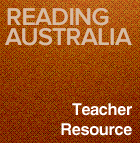 9156302392410607552.jpg
9156302392410607552.jpg
This image has been sourced from online.
Is part of
Girragundji Trilogy
1998
series - author
children's fiction
novel
(number
1
in series)
Issue Details:
First known date:
1998...
1998
My Girragundji







